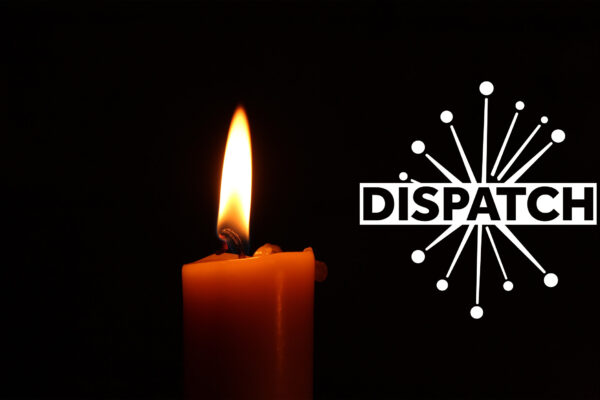By Anna Pardue
Type in “The Great Resignation,” and watch article after article as coverage stacks up like the ending credits of a bad movie. A long-overdue workforce movement—the Great Resignation is a product of years of employee burnout, a sprinkle of a global pandemic and the perfect storm that leaves rescue and recovery in the hands of employers across nearly every industry.
A phrase coined by Anthony Klotz, a psychologist, and professor at Texas A&M, the Great Resignation, in a nutshell, an explanation of the past 18 months and how the pandemic has profoundly changed the way people view the way work affects their lives. No longer settling for poor wages, working conditions, and/or benefits, the Renaissance of the modern-day worker has propelled businesses to reconsider their age-old ways to win back their workers.
But, how? Whether you’re reading this from your C-suite office, internship desk or back porch swing, it’s important to understand this radical wave of self-inflicted unemployment and the takeaways we can hope it brings to the future of the workplace.
We have identified three categories that organizations can explore to begin positioning themselves as workplace heroes and leading their employees with respect, recognition and awareness:
GET TO (REALLY) KNOW YOUR EMPLOYEES.
How well do you know your employees? Who is really sitting at the table during a brainstorm and what do their unique personalities and skill sets bring to the group? We all see each other through our own lenses, and it’s important to step outside what we think we know about each other and gain new perspectives. At Red Fan, we are avid believers in the DiSC profiles, a pseudoscientific self-assessment tool that helps identify communication styles and build profiles for each employee. The four types include Dominance, Influence, Steadiness and Conscientious.
Not only does this create a sanctuary for employees who feel misunderstood, but it challenges everyone to see an unbiased look at their own strengths and weaknesses. It also identifies areas of strong collaboration and potential pain points with other personality types before they happen.
DiSC profiles help turn a group of employees into a team—a dynamic collection of skills, perspectives and backgrounds that all contribute to the great success of an organization.
INVEST IN INCLUSIVITY.
Diversity, Equity and Inclusion (DEI) has become a household name for organizations across the globe as employees stand up for equal rights, accountability and respect in the workplace. Built In’s director of HR and inclusion, Catalina Colman defines these three pillars:
Diversity is the presence of differences within a given setting.
Equity is the process of ensuring that processes and programs are impartial, fair and provide equal possible outcomes for every individual.
Inclusion is the practice of ensuring that people feel a sense of belonging in the workplace.
CELEBRATE, ALWAYS.
Lastly, celebrate each other, always. Life and work are hard—it’s the unavoidable truth of being a human. Take a step back and don’t hold that “job well done” too close to your chest. Take time to look each other in the eye and tell your coworkers congratulations when they hit their quota or secure that national story. Make celebration, gratitude and employee recognition a part of your company language.
Or—do it the Red Fan way— and partner with an organization like Blueboard that has reimagined new ways to celebrate employee milestones through experiential awards like staycations, cooking classes, kite surfing lessons, wine tours and more.
Work and personal life don’t have to be at odds with each other, balance can exist, and every day, organizations have the opportunity to champion joy, insist on inclusivity and encourage connection despite the state of global isolation and unrest.





